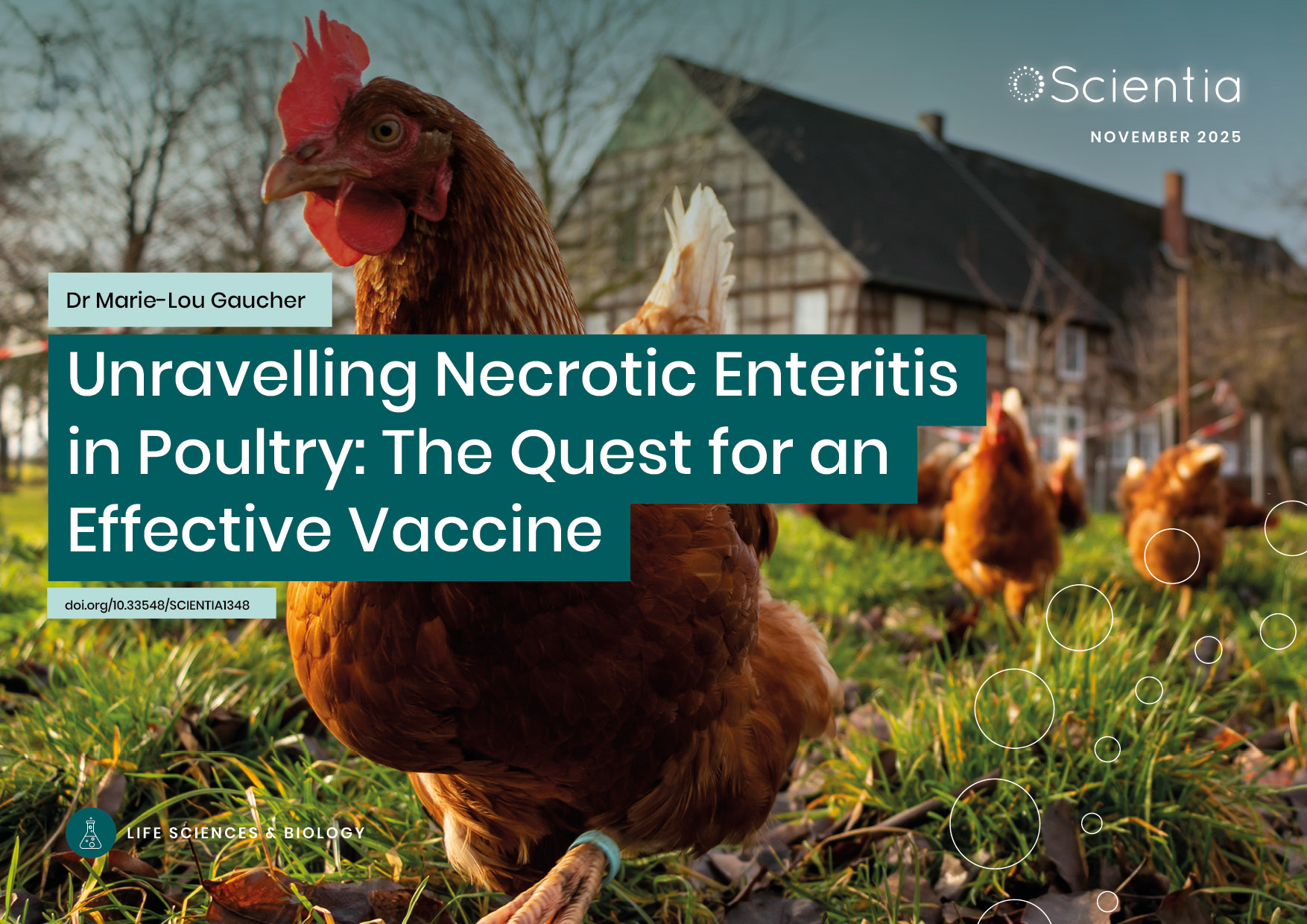Dr Sadguna Anasuri – Exploring the Impact of Media Usage on Obesity among Young Adults
In the US, the number of children and adults with obesity or excess weight has increased exponentially over the past few decades, causing concerning effects on public health. Identifying factors that may play a role in this rise is of crucial importance, as they could help in devising effective strategies that promote healthier lifestyles. With this in mind, Dr Sadguna Anasuri at Alabama A&M University has carried out research exploring the possible impact of mass media on overweight and obesity in young adults, gathering valuable insights that could inform public health policies.
The Rise of Obesity
Obesity has developed into a significant health concern for many countries worldwide. In the US, the Centre for Disease Control and Prevention has reported a significant rise in the national obese and overweight population over the last few decades. In most US states and territories, over 30% of the population now falls into the obese category.
Excess weight or obesity can significantly increase a person’s risk of developing several health conditions, such as diabetes, high blood pressure, heart disease, arthritis, stroke, fatty liver, renal disease, and certain types of cancer. Therefore, the rise of obesity in the US also means an increase in the prevalence of potentially life-threatening health conditions.
The Government and other national agencies have been trying to devise policies that could reduce the prevalence of obesity by addressing some of its root causes. However, this has proven to be quite challenging and ineffective so far. The recent rise in US obesity rates could result from several different factors, including higher consumption of fatty, salty, starchy, unhealthy foods, combined with an increasingly sedentary lifestyle. Although genetics, family history, certain medical issues, and some medications may lead to weight gain, the primary factor is often physical inactivity.
Dr Sadguna Anasuri has recently researched the impact of mass media on people’s dietary choices and fitness habits. Through her work in this area, she aimed to recommend possible future interventions and policies that could help young people lead healthy lifestyles.

Impact of Mass Media
Although almost everyone now consumes a considerably large amount of media, young adults are spending an increasing amount of time online, using interactive social media sites such as Facebook, Twitter, Instagram, and YouTube. These are focal points where many food businesses, health companies, and fashion industries advertise their products. The advertisements that young adults are exposed to through TV and social media sites can have a significant impact on the products they buy and the habits they acquire.
Dr Anasuri has been conducting extensive research investigating the impact of mass media on the food choices and health and fitness behaviours of young adults. In her recent work, she mainly focused on how exposure to advertising or other forms of marketing on TV and online could play a critical role in the alarming rates of obesity, mainly in the southern state of Alabama.
Examining Previous Insights
As preparation for her exploratory work, Dr Anasuri reviewed previous research findings and theoretical models that could help in gaining a better understanding of the impact of mass media on the rise of obesity in the US and other countries. In a comprehensive review paper published in 2016, she utilised a conceptual model to illustrate the different factors influencing the dietary and media behaviours of young adults. This model delineates several factors, divided into three categories.
The first category includes personal factors, such as cognitive-affective, biological elements, and individual behavioural patterns about food, eating preferences, and body-image. The second one outlines environmental factors, such as norms of the social or cultural group that the young person belongs to and their social environment (family unit, parenting practices, home environment). Finally, the model also focuses on the role of macrosystems, including political or socio-economic systems at large, food availability, and mass media, and other individual factors such as lifestyle choices and nutritional status.

Dr Anasuri examined these different categories and presented the findings of past research that investigated the impact of various influencing factors on eating behaviours. Her conclusions showed that the advertising of unhealthy foods on mass media platforms is a major contributing factor to the increase in US obesity rates. The food, beverage, and restaurant industries’ spending on digital media platforms is increasing rapidly – in 2019, it was $1.77 trillion. Also, it has been estimated that 11 out of 12 fast-food companies have Facebook, Twitter, and YouTube accounts.
Other research suggests that young people who watched TV programs containing food advertisements ate 45% more while watching, compared to those who did not. Another study found that children who had a TV in their bedroom were 1.3 times more likely to be overweight than those without one. Strikingly, one study found that the effects of being exposed to specific food advertisements can influence children’s food choices even five years after they first watched an advertisement.
According to research by Strasburger, Jordan, and Donnerstein, one of the reasons why mass media successfully influences children’s behaviour could be their inability to understand persuasive intent and are thus highly influenced by advertising strategies. This highlights the need for parents to supervise their children’s media usage, while also limiting the time they spend exposed to advertising.
Interestingly, Dr Anasuri’s review highlights that many advertisements target youths from a cultural background, such as Latino or African American groups. Past research suggests that since 2003, advertisements for unhealthy foods and sugary beverages targeting African American children have increased significantly, far more than those targeting white children.

An Exploratory Study
One of Dr Anasuri’s studies focused on media use and obesity among young adults between the ages of 18 and 26 years. It examined their exposure to advertising and health-related articles, participation in cooking and health groups, and whether they watched fitness videos available on social media platforms. The overall objective of her study was to identify the role that social media played on young people’s food awareness, choices, and consumption, which could thus partly explain the recent growth in obesity rates.
She surveyed 2000 young adults with a 50-question survey that was administered both online and in printed form. It included questions about media use, perceptions of weight, eating habits, fitness practices, cooking at home versus eating out, online food shopping, family impact, and overall environmental factors that influenced their lifestyle. Dr Anasuri hypothesised that different forms of media – audio-visual, print, and web-based – would impact food consumption among young adults, lead to sedentary lifestyles, and eventually, weight gain. To test her hypothesis, she investigated young adults’ media usage habits on their laptops, smartphones and other devices.
She also gathered a broad range of additional data related to young people’s Internet usage, food and beverage choices, smoking and drinking habits, exposure to online literature on health, food and fitness, involvement in health and fitness groups, and attitudes towards product marketing. In addition to mass media, Dr Anasuri also focused on other social and cultural factors that could impact young people’s consumption of unhealthy foods, causing them to gain excess weight. These factors included education, socio-economic status, family structure, and ethnicity.

Summary of the Findings
Among the demographic differences, gender had some influence on young adults’ perceptions of body weight and their need to lose weight. Females ranked much higher on the frequency of their internet and phone browsing. Females also felt the need to exercise more at home and did more of their shopping online.
The participants’ marital status showed a significant correlation with the frequency of their phone browsing, which included engaging with social media platforms. Surprisingly, income, ethnicity and parents’ education did not seem to have any measurable influence on media consumption and Internet browsing. ‘This shows that regardless of background, being a young adult was the most important factor when it came to media consumption,’ says Dr Anasuri.
She then employed different statistical measures to investigate the significance of such connections. One measure she used was Multiple Factorial Analysis, which revealed that demographic factors mattered the least, food variables followed next, followed by environmental and fitness factors. The highest and most influential factor was their lifestyle, which included the usage of social media platforms, television, and the Internet at large. ‘It was fascinating to note that fitness habits were highly correlated with media use and lifestyle factors,’ says Dr Anasuri.
Potential Interventions
In her paper, Dr Anasuri also outlines some potential interventions aimed at decreasing obesity rates. Among different solutions, the first one involves starting early, by reducing the impact of unhealthy food advertisements on children’s eating habits. This can be done by delivering public service announcements on mass media emphasising the importance of eating healthy, and parent-child communication aimed at teaching children not to be persuaded by advertising. Additionally, policymakers need to place restrictions on the amount of advertising for unhealthy food that is allowed during primetime when most families watch television.
The American Academy of Paediatrics has emphasised the importance of supervising children in their exposure to different forms of media, placing restrictions on the time they are allowed to watch TV or use smartphones and other devices. Some nutrition educators, along similar lines, have introduced initiatives aimed at using social media to increase physical activity through games and sports, and to promote healthier lifestyles and food choices.

Shaping Future Policies
The research carried out by Dr Anasuri provides valuable insights into how advertisements and marketing on mass media platforms could affect the lives of children and young adults. More specifically, it suggests that advertising unhealthy foods or beverages on social media platforms and TV greatly entices young people to buy and consume these products, increasing their chances of gaining weight.
‘More research is needed to better understand how vulnerable teens and young adults are to digital marketing and to explore the health consequences of digital marketing and emerging technologies such as mobile and location-based marketing,’ says Dr Anasuri. Such research could help to determine standards for marketing foods and beverages to children and young adults.
‘Nutritional interventions must help young adults connect with their peers, as they are the source of their identity, self-concept, friendship, independence, and authority,’ continues Dr Anasuri. ‘When supported by their friends, teens are more likely to practice fitness and healthy eating.’
Rather than social media having a negative impact on people’s health and wellbeing, influencing them to eat unhealthy foods, many educators have begun to consider social media as a potential tool for better engaging participants and communicating beneficial information to encourage healthy lifestyles. In the future, Dr Anasuri’s investigations and analyses could be used to develop a set of general guidelines, informing the decisions of policymakers and assisting them in developing more effective strategies to foster healthier lifestyles and eating habits in young generations.
Reference
https://doi.org/10.33548/SCIENTIA535
Meet the researcher

Dr Sadguna D. Anasuri
Human Development and Family Studies
Department of Family and Consumer Sciences
Alabama A&M University
Normal, AL
USA
Dr Sadguna Anasuri is an Associate Professor and Program Coordinator at Alabama A&M University. She holds a BSc in Home Science from the College of Home Science in Hyderabad, India, an MSc and an MS in Human Development & Family Studies from the Acharya N. G. Ranga Agricultural University and the University of North Texas, respectively, and a PhD in Child Development from Texas Woman’s University. After completing her studies, Dr Anasuri pursued teaching positions at several universities, both in the US and India. Throughout her career, she has carried out research focusing on a variety of topics, including diversity among children and families, resilience across the lifespan, childhood poverty, grandparents raising grandchildren, language and intelligence in children, and the impact of the media on families. Her work has been published in several reputable scientific journals and presented at numerous conferences across the US. Over the years, she has worked closely with children, adolescents, young adults, and older adults in different settings – as an instructor, a researcher, supervisor, mentor, and an academic advisor. Dr Anasuri is also a Certified Family Life Educator and has been a member of numerous committees and associations, including the National Council on Family Relations, American Association for Family and Consumer Sciences, Family Relations, Journal of Educators Online, Society for the Teaching of Psychology, and American Psychological Association, Division II.
CONTACT
E: sadguna.anasuri@aamu.edu
KEY COLLABORATORS
Dr Everton McIntosh
Dr Xianyan Kuang
Dr Salam Khan
Ms Kara Anthony
Ms Kieria Williams
FUNDING
This material is based upon work that is supported by the National Institute of Food and Agriculture, US Department of Agriculture (Evans-Allen Project) under Accession No.1002308. Any opinions, findings, conclusions, or recommendations expressed in this publication are those of the author(s) and do not necessarily reflect the view of the US Department of Agriculture.
FURTHER READING
S Anasuri, Mass media making its impact on overweight and obesity: A developmental overview, IOSR Journal of Humanities and Social Science, 2016, 21, 29–39.

Want to republish our articles?
We encourage all formats of sharing and republishing of our articles. Whether you want to host on your website, publication or blog, we welcome this. Find out more
Creative Commons Licence
(CC BY 4.0)
This work is licensed under a Creative Commons Attribution 4.0 International License. 
What does this mean?
Share: You can copy and redistribute the material in any medium or format
Adapt: You can change, and build upon the material for any purpose, even commercially.
Credit: You must give appropriate credit, provide a link to the license, and indicate if changes were made.
More articles you may like
Dr Yurii V. Geletii – Professor Craig L. Hill | Redox Buffers: Self-Regulating Catalysts for Chemical Oxidation
Chemical reactions often demand precise control over their operating conditions to proceed efficiently. While chemists routinely use pH buffers to stabilise acidity levels, far less attention has been directed towards stabilising the electrochemical potential of solutions during oxidation–reduction reactions.
At Emory University, Dr Xinlin Lu, Dr Yurii Geletii, and Prof Craig Hill have pioneered a catalytic system that not only drives chemical reactions, but also acts as its own redox buffer. By automatically maintaining conditions optimal for electron transfers while converting malodorous thiols into odourless compounds, this innovation points to a new generation of catalysts that adjust themselves, delivering both efficiency and environmental benefits.
Dr Marie-Lou Gaucher | Unravelling Necrotic Enteritis in Poultry: The Quest for an Effective Vaccine
Avian necrotic enteritis (NE) is one of the most significant intestinal diseases affecting poultry worldwide, particularly broiler chickens. It causes major economic losses due to reduced growth rates, poor feed efficiency, and high mortality. The disease is caused by the bacterium Clostridium perfringens, specifically pathogenic type G strains. Dr Marie-Lou Gaucher from the Université de Montréal and her collaborators have been relentlessly studying ways to develop an effective vaccine against C. perfringens. Their promising findings may lead to innovative vaccination strategies and new methods to manage NE in poultry flocks.
Nick Martin | Data Assimilation: Overcoming AI’s Data Uncertainty Limitations for Water Resources
Water resources are essential for human life. Knowing how to manage water, both now and in the future, is necessary to continue using it as well as possible. Nick Martin and Jeremy White are examining limitations to artificial intelligence applications in water resources generated from noisy and estimated data sets. For poor quality data sets, they found that machine learning models will perform poorly relative to tools that explicitly include physics-based descriptions of physical processes; this is because physics-based calculations can use both data and physics knowledge through data assimilation techniques.
Professor Abraham P. Lee | Delivering Cancer Immunotherapy with Acoustic-Electric Precision, AESOP’s Fact not Fable
Chimeric Antigen Receptor (CAR) T-cell therapy offers life-saving potential, particularly against blood cancers, but severe side effects such as cytokine release syndrome (CRS) limit its safety. These toxicities are linked to uncontrolled CAR expression levels on the T-cell surface. Led by Professor Abraham P. Lee, researchers at the University of California, Irvine, have developed an advanced microfluidic system, called the Acoustic-Electric Shear Orbiting Poration (AESOP) platform, to precisely control the dose of genetic material delivered into primary T cells. This innovation promises safer, more homogeneous, and highly effective cellular immunotherapies.




